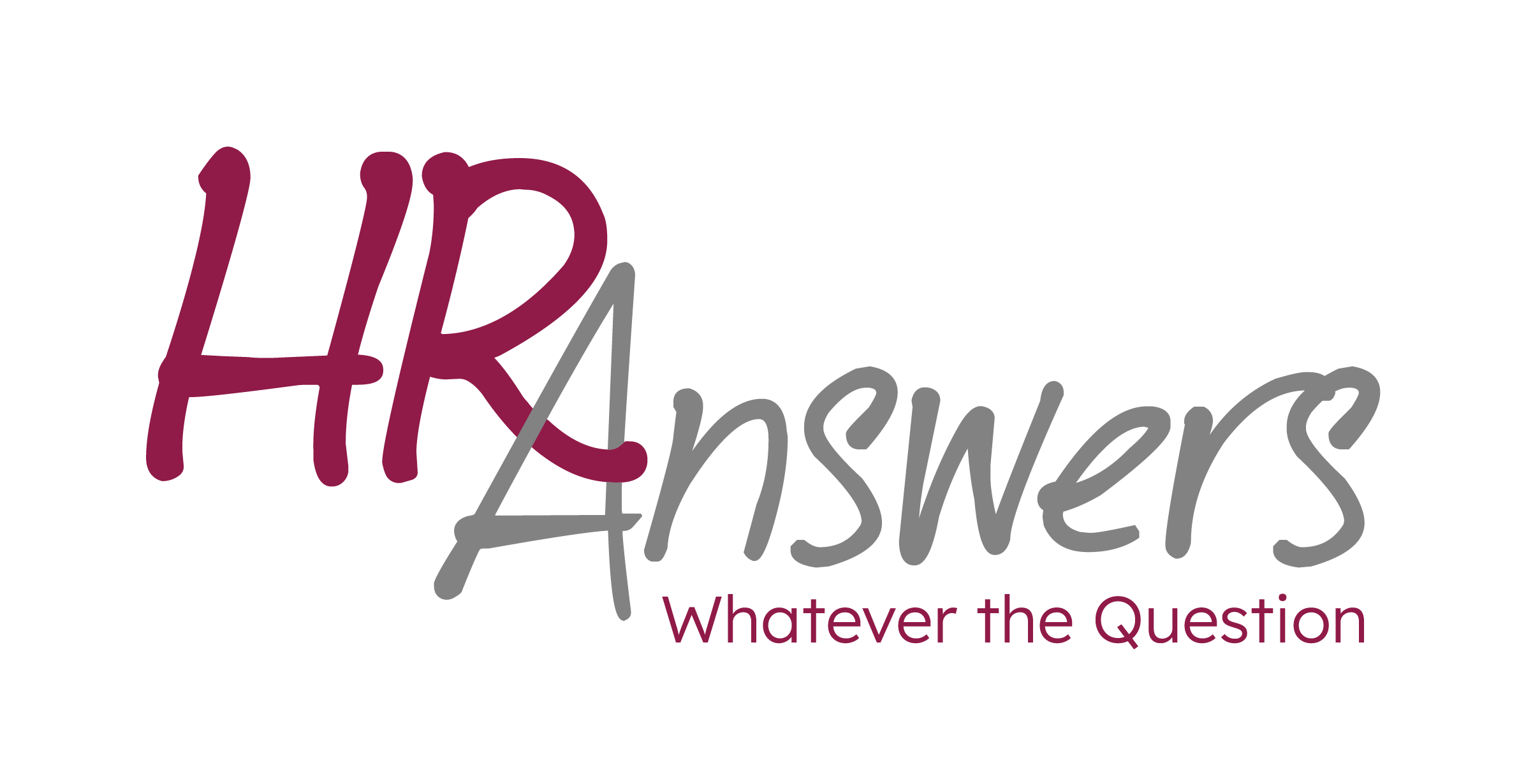Update For Qualified Retirement Plans

Special appreciation to Keith Mayfield with Plan It Financial for providing us with information on three significant items for qualified retirement plans:
1. FOR NEW PLANS–Significant Tax Credits to set up a 401k, 403b or SIMPLE. The government currently offers significant tax credits to offset some costs of setting up an organization retirement plan and offset costs of making employer contributions to the plan. See this link at the Planit401k.com blog for an example of a 50-person group who received $16,500 in tax credits to offset the cost of a plan AND $175,000 in tax credits to offset the cost of making $250,000 in employer contributions.
2. FOR CURRENT PLANS–Review current 401k plan. Common improvements are to:
a. Change to a 3(38) Investment Manager— ERISA puts financial and fiduciary liability on plan sponsors for ongoing investment selection and monitoring and requires them to do so at the level of a prudent investment specialist. ERISA allows this responsibility and liability to be shifted off the sponsor when they have their plan advisor accept the liability and responsibility as a section 3(38) Investment Manager. In Planit’s opinion, most plan sponsors will adopt this change to meaningfully limit their work and financial liability.
b. Employer Benefit: Organizations put time, effort and perhaps up to 6% of their entire corporate payroll as an employer contribution into the retirement plans. Yet many plans do not have a focus on making this investment a true Employer Benefit that assists with Recruit, Reward, Retain. Keep the following question top of mind when evaluating each decision with your retirement plan… “How can we improve this benefit to positively impact the perception of our company/organization to current and prospective employees”. The more that question is asked, the better your plan serves your participants and the better your plan returns value to your company/organization.
c. Review Plan Fees: Anything that reduces plan growth is equivalent to a plan fee. Sponsors are used to basic fees such as investment/advisor/TPA cost reducing plan growth, but items such as lower than optimal participant rates, contribution rates and investment usage reduce plan growth much more than normally measured “fees”.
3. FOR SIMPLE CONVERSIONS–Convert SIMPLE plans to more beneficial 401k plans. Following find three main reasons for the change:
Employer Benefit-–The purpose of an employee benefits is to improve a company’s ability to recruit, reward and retain. The features of a 401k provide a meaningful improvement in how employees and prospective employees perceive working at their employer over a SIMPLE plan. Items such as higher contribution limits, better investment guidance, and the employee engagement with retirement planning education provided by an advisor are highly ranked by employees when evaluating retirement plan value.
Contribution Limits–Increased employee contribution limits especially for owners/highly compensated employees. While a SIMPLE plan contribution maximum of $15,500/$19,000 is often enough for rank-and-file employees, this limits owners/high saving employees’ ability to fund enough to meet their goals. The 401k limits of $22,500/$30,000 allows owners/high saving individuals a 50% increase in retirement planning limits.
• The ability to have Roth contribution in a 401k (not allowed in SIMPLE plans) further increases owners/highly compensated individuals’ deferral power by approximately another 30%.
Employer Contributions and Vesting Schedules— SIMPLE plans require employer contributions, while employer contributions are optional with 401k plans. When making employer contributions, only the 401k allows vesting schedules which makes employees earn the right to keep those contributions over up to 6 years of tenure using a vesting schedule. This is both an employee retention tool as well as a tool to reclaim employer matching contributions from those shorter-term employees who do not really impact the business. Reclaiming “unvested” contributions typically results in a 10%-25% lower annual expense of employer contributions (which are normally 3% to 6% of total company payroll).
• Notice: Notice to close a SIMPLE must be given by November 2. To close a SIMPLE, notice has to be given by November 2. Though rules in 2024 allow mid-year changes from a SIMPLE to a 401k, mid-year changes have restrictive rules that limit some important normal 401k options available in a calendar year switch.
If you would like to learn more and ask questions Keith will be joining HR Answers on December 6th for HR Lunch Bunch and a discussion on 401k’s. Visit our website for more information.
For additional questions please feel free to reach out to Keith Mayfield at keith@planitfinancial.com or at www.planitfinancial.com or 888-654-4015 ext. 1.
Looking for previously written Advantage eNewsletters or HR ALERTS?
